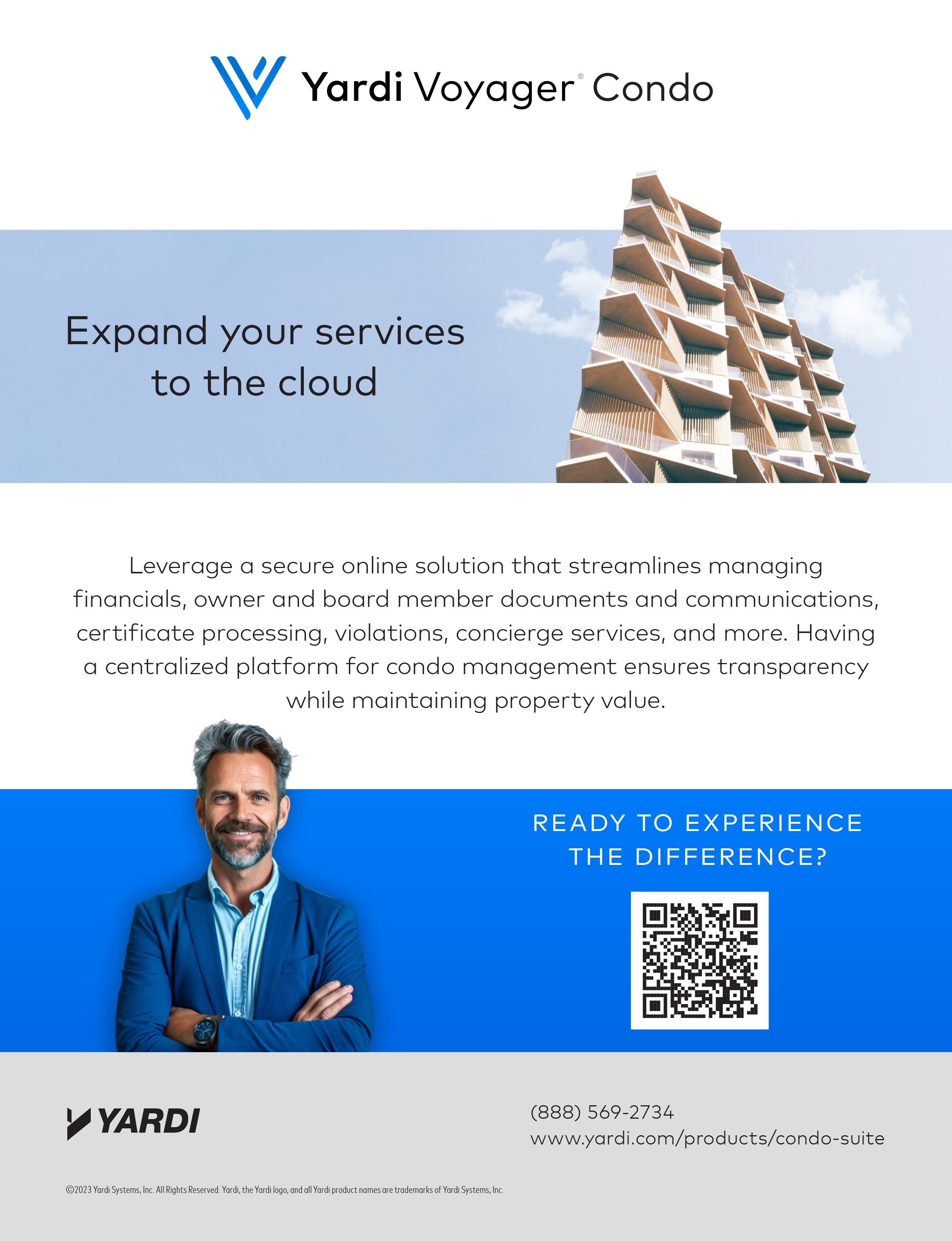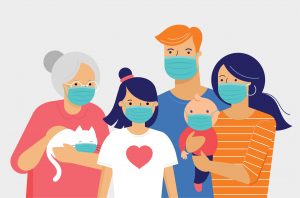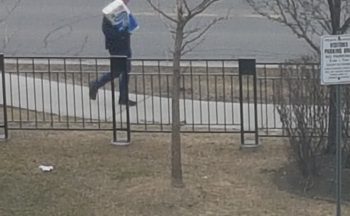 April 2021
April 2021
The pandemic has given us a greater appreciation for the importance of personal connections. Our high-rise and condominium communities are uniquely positioned to offer solutions.

Making relevant information available is important for the safety and care of residents. Informing them of what is happening in and around their home develops pride in and support of the community.
Proactive Communication
Communication is a three-way street. Management and condo boards needs to get information to residents. Residents need a way to communicate with management and, at times, the board. The system works only when both the board and management are responsive to residents. Failure, meaning management or the board are not proactive in communicating with residents or fail to respond to their communications, leads to residents less willing to read and comply with management communications.
Technology Facilitates Communication
Many communities have closed off physical access to the management office, which only works if residents are provided with a means to make contact and management is responsive.
E-mail and text are available to anyone with an electronic device. They can be effective if someone is reading, addressing and responding to resident-initiated communication. When one person, or office, is responsible for hundreds of resident communications the task is more difficult. Some communications are urgent and should be responded to as such. Examples include the need for immediate repairs to prevent water from leaking, a ceiling from collapsing or window falling out. Other, less urgent, communications require a response and likely actions that play out over a series of weeks or months.
A single platform for handling these communications, responses and tasks allow management to be on top of everything and responsive with minimal effort. Solutions range from single purpose and lower cost applications to more comprehensive condo management software intended to manage the complete range of condominium management tasks.

Socialization
When physical interaction is not possible, other means are sought. If your community fails to offer a practical solution, residents will seek other avenues.
Social media allows individuals to communicate individually or as a group. Their structure does not allow a condominium corporation to control or restrict what is said or by whom, which likely explains why so few communities embrace them. What tends to happen is that individuals set up their own groups and deny access to condo management or the board. A condo board, having attempted to isolate residents from direct communication, soon becomes isolated. This leads to residents feeling their board or management is, at the very least, unresponsive and uncaring.
Far better for a condo board to establish and monitor an open electronic dialogue of residents, and to participate. Done well, this approach can partially replace what has been lost when physical meetings, town halls and gatherings are not possible.
Community and Amenities
 Amenities are central to condo living. Ensuring continued access during COVID, while ensuring safety, may require some limitations or restrictions, and improved record keeping. Safety can be maintained with cleaning protocols. The administrative component, including limiting access and record keeping, can be handled with condo management software. Bookings can be done remotely and certain spaces or exercise equipment can be closed down, facilitating physical distancing. Access records are maintained so management knows who is accessing what, and when.
Amenities are central to condo living. Ensuring continued access during COVID, while ensuring safety, may require some limitations or restrictions, and improved record keeping. Safety can be maintained with cleaning protocols. The administrative component, including limiting access and record keeping, can be handled with condo management software. Bookings can be done remotely and certain spaces or exercise equipment can be closed down, facilitating physical distancing. Access records are maintained so management knows who is accessing what, and when.
Condo management software is extremely versatile. It can provide social media capability, allowing management and the board to be aware of resident concerns, and to participate when appropriate. An alternative is establishing a private group on Facebook or LinkedIn. Residents would have to register, then be approved by the group moderator.
While face-to-face interactions remain the most effective approach to management and socialization, electronic methods are available when face-to-face is not possible. They can help those struggling with isolation. They allow residents to seek assistance or interact with others in the community, check in with one another, create social activities, share pictures and experiences, offer suggestions and stay connected.
Keep residents engaged by encouraging and facilitating electronic social interaction when physical gatherings are not possible.
Communication has become more important than ever with COVID. Make use of your technology to maintain operations, stay in touch and keep lines of communication open.








